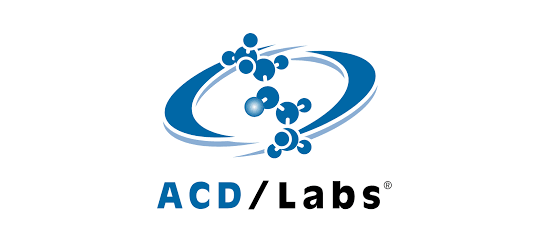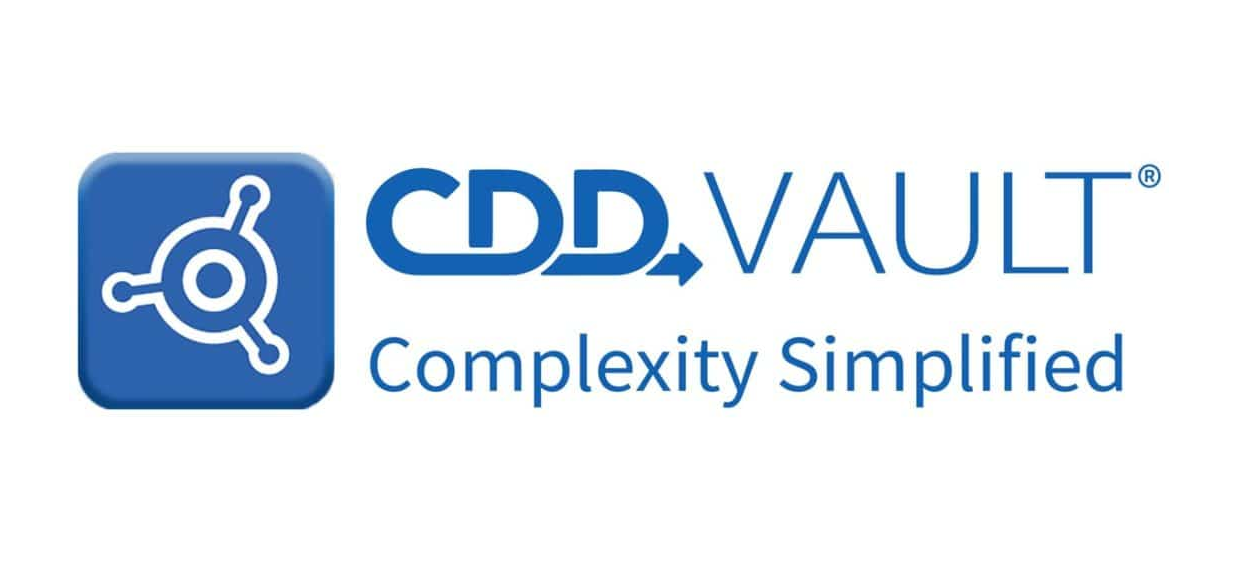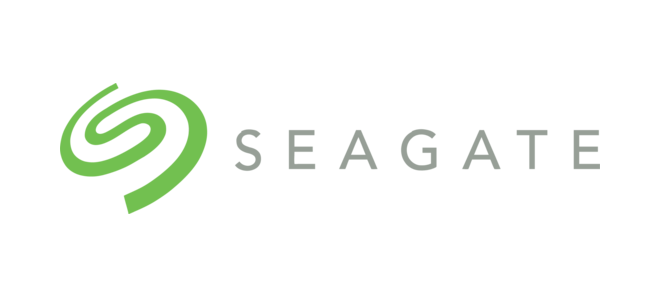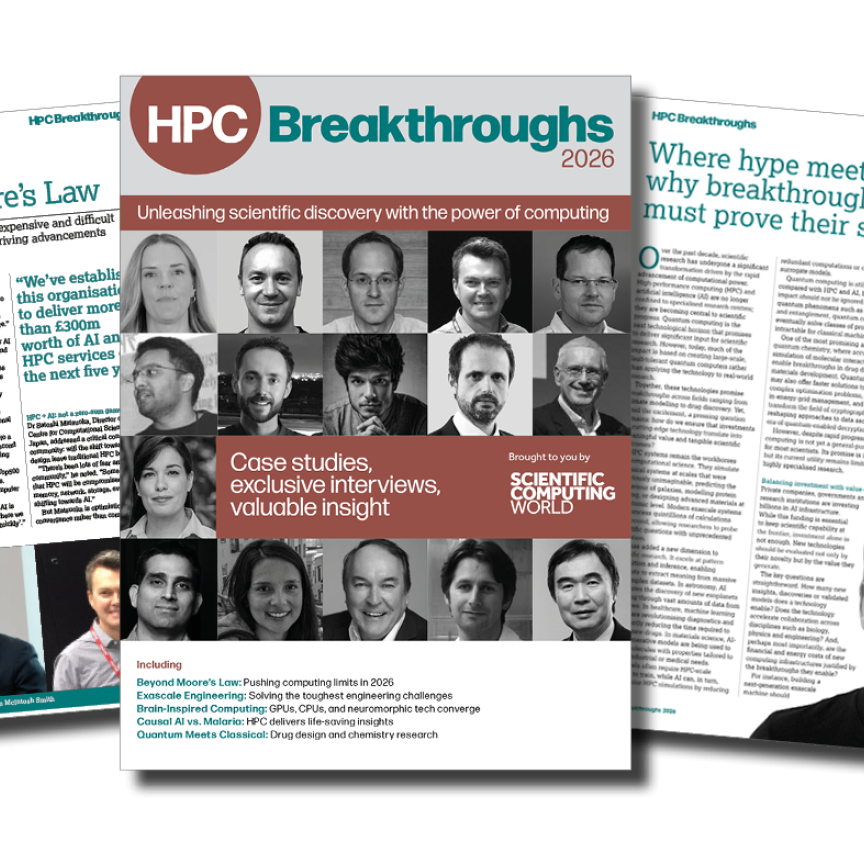The UK Government’s 10 Year Health Plan envisions a significant role for AI; however, as things stand, suppliers, trusts, and clinicians are struggling to deploy, scale, and maximise the benefits of the available tools.
Harry Lykostratis, Chief Executive of Open Medical, explains how the Keypoint project will address challenges and create a framework for the adoption of agentic AI, supporting more efficient and effective workflows.
The 10 Year Health Plan leverages the potential of AI software to support clinical decision-making, improve productivity, and guide patients within the NHS. That optimism may be well-founded: AI models are being rapidly developed and improved.
But applying AI models to real-world data can be difficult; currently, many organisations are struggling with the applicability of AI tools. Lykostratis notes that he has seen some success with ambient voice technology, but in many ways, that is an evolution of existing ways of working. Scribes may capture more detail during a consultation and generate documents with less manual labour on the part of clinicians. Still, they are not going to unleash the revolution we have seen in other industries.
What is holding health back when it comes to other applications of AI?
Lykostratis: From the conversations I have had with chief clinical information officers, it seems there is a lot of interest, but it is proving hard to experiment with these technologies.
Healthcare is reluctant to feed models large amounts of personal data, so they get trained on very sterile data that may come from just a few hundred cases. Integration with NHS systems is hard and expensive, so for most suppliers it is just not worth the effort to work at that level.
Also, models trained on just a few hundred cases are hard to scale, which makes it difficult to incorporate them into organisational workflows. We need to resolve these issues and start thinking about the near future, because over the next few years we are going to see a move from individual AIs to agentic AIs.
Today, we ask an AI a question, and it gives us an answer. Then we ask the AI another question, or we use another AI, to refine that output. In future, we’ll use an agent that can handle multiple outputs to achieve a specified end with much less - or no - intervention from us.
In some industries, it will be acceptable for these agentic AIs to operate as black boxes. We won’t really know how they achieve their goals, and they may evolve in ways that are hard to predict. I don’t think that will be acceptable in healthcare. Each step taken by an agentic AI will need to be transparent and we’ll want to be able to interrogate them to ensure patient safety.
Can you explain the Keychain project?
Lykostratis: Open Medical is addressing these challenges through a project that we have codenamed Keychain. Our cloud-based, pathway management platform, Pathpoint, already has many of the features required.
We are present in most trusts in England, so Pathpoint can already integrate with the major electronic patient record and enterprise IT systems in use in its hospitals. It can also handle the data cleansing and pseudonymisation needed to make large volumes of data available from these systems to AI models.
We want to create a single API, so that any AI tool integrated into the Keychain product can be securely and rapidly integrated with other systems, so trusts can both experiment with new models and rapidly scale those that work for them.
At the same time, we want to prepare for the coming era of agentic AI. Our vision for Keychain is that it should be able to accomplish four key objectives. First, parallel processing.
Healthcare generates a large amount of data in various formats, so we need a parallel model that allows us to utilise all of them to produce an output. Second, sequential processing. We want to be able to take the output of one model and use it to prompt another model.
Thirdly, and critically, routing. We want to ensure that these outputs are generated in the correct order to act as agents that undertake specific tasks within a clinical workflow. Fourth, feedback. We want Keychain to enable AI models to reuse their own outputs, so they improve over time.
How would this system work in practice?
Lykostratis: To see how this might work in practice, consider referral management, which is something we are already being asked to support at scale. In the traditional model of healthcare, a patient visits their GP, who then refers them to a consultant, who advises them, refers them to another service, or places them on a waiting list for treatment.
Referral management intervenes to triage the patient and decide whether a secondary care consultation is the really the most appropriate next step. At the moment, this triaging can also be undertaken by clinicians, but in the future it might be undertaken by an agent.
For this to happen, the agent would need to be able to handle the referral data. This might include a large PDF from the GP. There might be an additional input from the summary care record.
There might be a handwritten note from the patient or a response from an online questionnaire. There might be an image from medical photography. So, we might send the electronic information to one AI model, and the questionnaire data to another AI model.
Then we might feed those outputs into another model that can decide whether to send the patient back to their GP, or suggest they visit a nurse or physiotherapist, or put them on an urgent care pathway, and generate a summary to write back to the clinical record.
The outcome should be better use of resources and the removal of a significant bottleneck to timely care, but everything is done in a transparent manner, with guardrails so the patient can be picked up and referred back into the system, if necessary.
What steps have been taken to ensure this framework can be supported long-term?
Lykostratis: Open Medical is not looking to develop AI models. We are model-agnostic: we believe trusts and clinicians should be able to use any model they prefer. We are interested in agile models, that take outputs from one stage to the next.
Our ambition is to create a framework that will enable this to happen. Keychain will be able to integrate with the systems in use in an organisation, tap into and sanitise their data, route it to AI models, take their outputs, and present them back to the organisation in a useful way within the clinical workflow.
That will improve access for suppliers and enable trusts to move from having small pockets of AI within their organisations to using it to drive efficient, timely care. The government is right that there is huge potential in AI, but I think that now is the moment to address applicability.
We need to address the scale challenge and prepare for agentic AI. Otherwise, these potentially revolutionary technologies will have much less applicability in healthcare than ministers, trusts, clinicians and their patients hope.
Harry Lykostratis is the Chief Executive of Open Medical.







